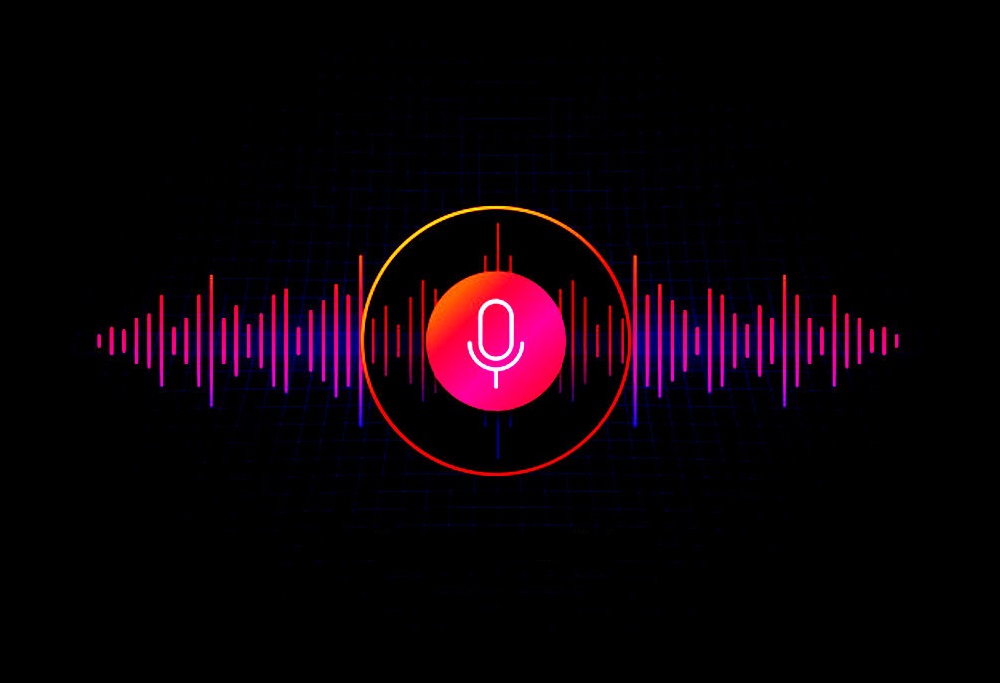
Input, processing, and output are the three stages in which computers complete their tasks. Speech synthesis is simply a form of output in which a computer or other machine reads words to you aloud through a loudspeaker in a real or simulated voice; the technology is commonly referred to as text-to-speech.
The same written information can often mean different things, and one must either understand the meaning or guess in order to read it correctly. So the first stage of speech synthesis, known as pre-processing or normalization, is all about reducing ambiguity: it’s all about narrowing down the many different ways you could read a piece of text to the most appropriate one.
Let’s say you have a paragraph of written text that you want your computer to speak aloud. How does it turn the written words into ones you can actually hear? There are essentially three stages involved, which I’ll refer to as text to words, words to phonemes, and phonemes to sound.
There are two ways developers can go about getting it done:
- Concatenative – gluing together fragments of recorded audio. This synthesized speech is of high quality but requires a lot of data for machine learning.
- Parametric – building a probabilistic model that selects the acoustic properties of a sound signal for a given text. Using this approach, one can synthesize a speech that is virtually indistinguishable from a real human.
Industry TTS applications
TTS voice conversions are most commonly used in three areas for your business or content production.
Voice notifications and reminders – With a phone call, you can deliver any information to your customers anywhere in the world. You can listen to the synthesized voice by reading the content of your favorite book, email, or website. This is especially important for people who have difficulty reading and writing, or who prefer to listen rather than read.
If you operate internationally, it may be costly to hire employees who can speak multiple customer languages. TTS enables nearly instantaneous vocalization from English (or other languages) to any foreign language. This is assuming you use a professional translation service.
With these three in mind, you can envision a full-fledged application that covers almost any industry in which you deal with customers and which may lack personalized language experience.
